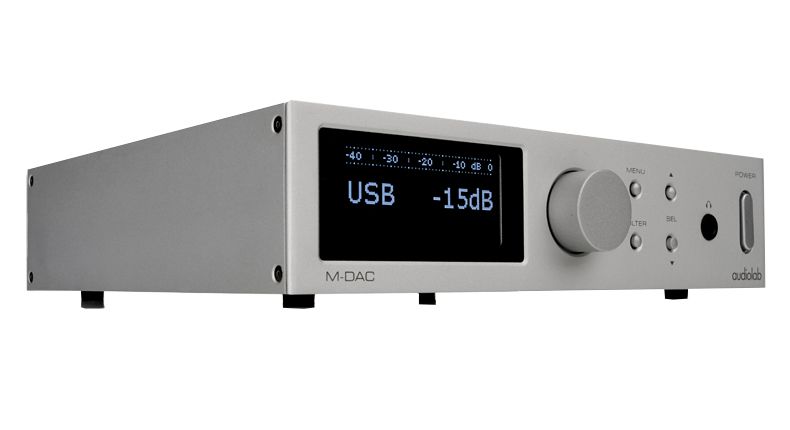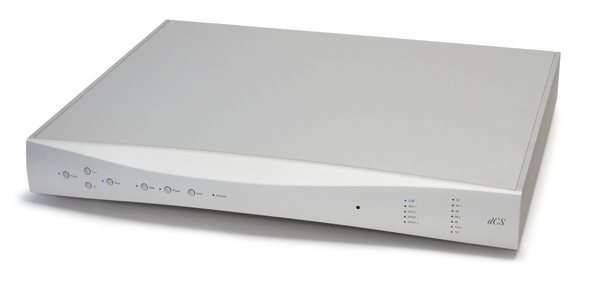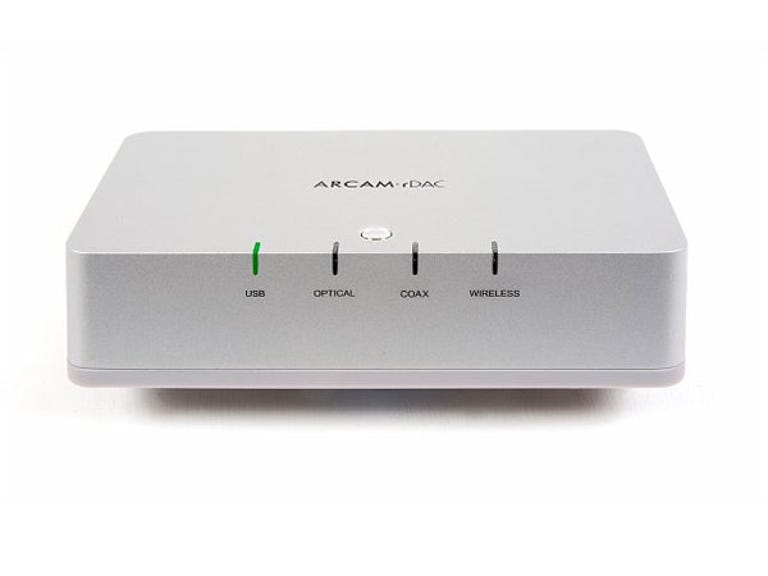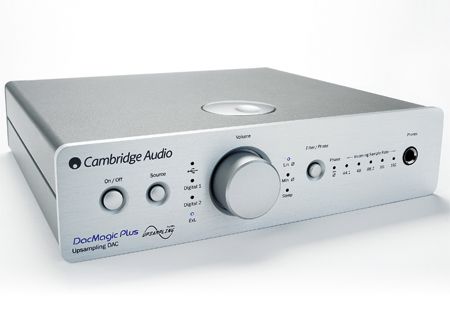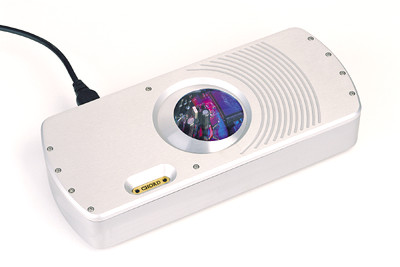This is the one product that has captivated the public’s attention in recent years. Like the Dual CS505 turntable, NAD 3020 integrated amplifier and Mission 760 loudspeakers before it, here is an ‘affordable audiophile’ product that sounds far better than it has a right too, and costs rather less than it should…
The M-DAC, which debuted in 2012, was created by simply separating much of the circuitry from Audiolab’s excellent-for-the-price John Westlake-designed 8200 CD player and placing it in a separate, half-width box. This would be sufficient in and of itself, but no corners were cut: the box was made of a nicely finished aluminium alloy, and the display was a high-quality fine-pitch dot-matrix OLED. To please the nostalgic crowd, it even had a level meter function!
It was one of the first of its kind to have the 32-bit ESS Sabre 9018 DAC chip, which runs at up to 24/192 resolution and includes seven customizable digital filter settings for fine-tuning the sound to your preferences. Jitter is kept to a bare minimum thanks to three cascaded jitter attenuation stages and a high-current, high-linearity Class A analogue output stage. It employs a huge, offboard switching mode power supply that can be updated with the MCRU linear power supply, which smooths out and opens up the sound significantly.
It has a wide range of digital inputs and outputs, including two coaxial, two optical, and an asynchronous USB in, as well as corresponding digital outputs and balanced and unbalanced analogue outputs. There’s also an analogue volume control and an amplifier circuit for the 6.3mm headphone connection on the front panel. The machine can be programmed to output a fixed or variable signal, making it suitable for use as a DAC or a digital preamplifier.
The sound quality is excellent for the price. It’s not the greatest DAC in the world, but is good enough to worry DACs at twice the price, and has a distinctively feisty and musical sound – a bit like the DAC equivalent of a traditional Naim power amp. It’s rapid, propulsive, illuminating, acute, and it drags you right into the middle of the action, giving you a front-row seat. Whether you’re listening to a 16-bit, 44.1kHz CD source or a 24/96 FLAC file over USB, the M-DAC is a seat-of-the-pants listen.
Tonally it’s not hard or aggressive though; there’s no sense of it being sandpapery like an old Philips TDA1541-based CD player, even though it shares the latter’s general gumption and brio. It’s smooth and even, but it’s far from warm. If anything the wee Audiolab is a bit dry sounding; tonal color seems to be stripped out a little, lacking the rich, verdant bloom of Chord’s classic DAC64 for example, or indeed a high end dCS Debussy. The M-DAC is a fantastic value for the money, and it’s not some shabby old clunker of a machine. Instead, it’s smart and modern, and it’s only when you start paying twice as much for Chord’s Hugo that the Audiolab is revealed as something that isn’t quite as good as it seems.
Designer John Westlake has now left Audiolab, however he continues to provide firmware updates through a Wiki page and his Lakewest Audio website. He’s working on a complete interior refit with new components and electronics, as seen here; the MDAC2 should be interesting. Meanwhile, the original M-DAC continues to deliver a lot of sound for the money and will undoubtedly become a future classic.

